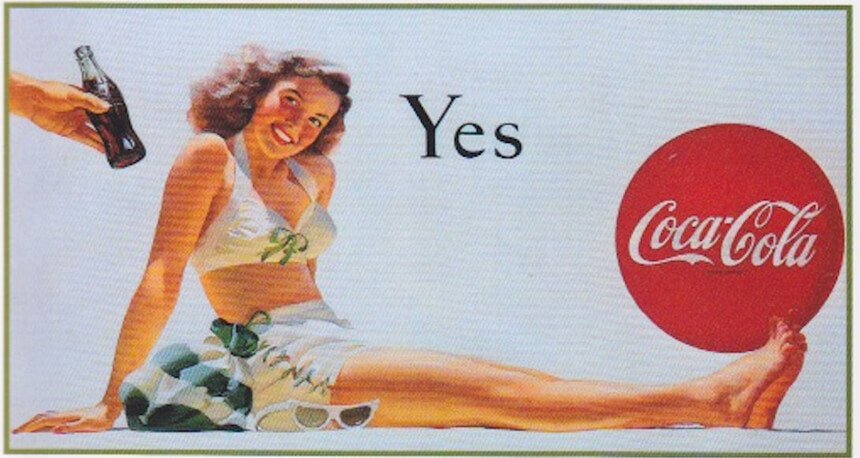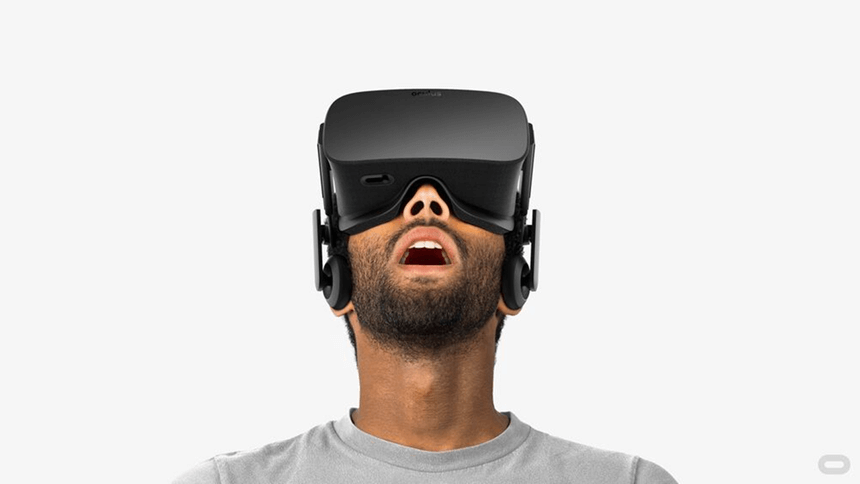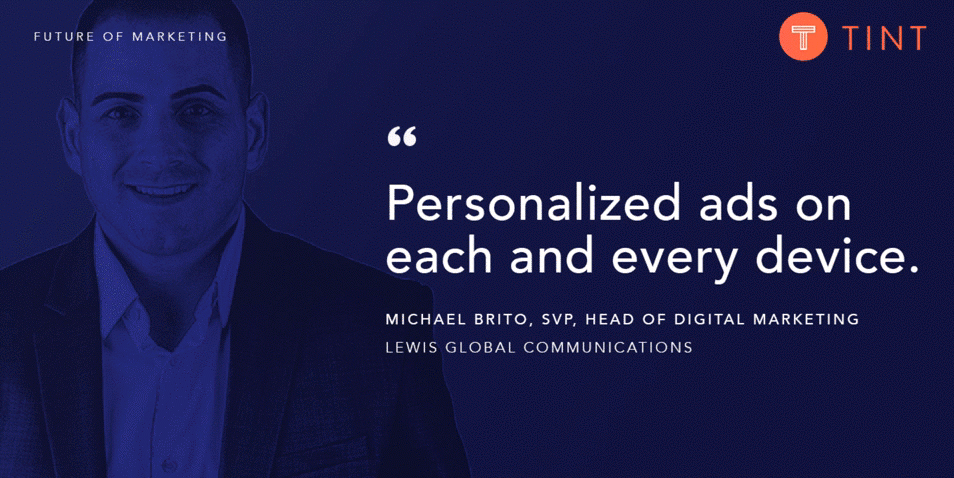Marketing today is much different from what it was fifteen years ago, and it’s surprising how much best practices have changed even in the last few years. Technology is advancing quickly, providing us with new tools and plenty of fresh ideas on how to effectively reach and engage our target audience.
While it’s difficult (if not impossible) to know what the future of marketing has in store for us, examining the history of marketing in combination with the newest technology can provide us with the ability to make some strong predictions. This post is going to take a look at the learning lessons in the history of marketing, what we think is the next big thing, and some predictions from marketing thought leaders.
Learning Lessons of Marketing Past
Throughout history, new technology has provided new mediums and venues for advertising. The printing press was the first step; radios and then home televisions each brought new types of commercials and ads with them.

Vintage Coca-Cola Print Ad
As these new mediums evolved, so did the marketing strategies that accompanied them; brands created characters to help them sell products and connect with their audiences, and influencer marketing began when famous faces started to publicly endorse businesses and products in return for a paycheck. Soon, it wasn’t enough just to show a product on a billboard, which had been plenty effective before; commercials that featured characters created to promote products and resonate with consumers became the next trend. As consumers got smarter and more demanding (in a good way!), they forced marketers to step up their game to find a new way to connect with their target audience.
Even with all of these new mediums, none have been as revolutionary as the Internet. As Lizzie Davey says, the Internet hasn’t just changed the way that consumers receive ads, but it’s even “changed the way consumers act towards them.”
Today, we’re not trying to sell consumers on our product just because they should buy it, but instead address their problems, with our product being the solution. With a million resources at the click of the button, the consumer is now the focus of marketing campaigns, instead of the product. Consumers are smarter than ever before, continuing on the trend that we’ve seen through history; and don’t respond to obvious product placements; instead, they respond to more authentic forms of marketing.
This boils down to a simple fact: as time goes on, users will demand a more authentic and transparent form of marketing, which is engaging and resonates with them. Staying ahead of the marketing trends and knowing what’s coming next means being able to identify the tools that will be needed to give them this experience.
What Do We Think Is the Next Big Thing?
The next big thing in marketing is going to be something that gives users new authentic, immersive, personal, and engaging experiences that they’ll seek out and be excited to participate in (Facebook Ads has started down that route with their interactive Canvas ads).
There are two areas of marketing that we’re keeping our eye on as the next big things in marketing: virtual reality and augmented marketing.
Virtual Reality
Virtual Reality Headset
Virtual reality is one of the biggest things breaking onto the mainstream stage right now, with multiple companies releasing consumer headsets this year. These headsets allow for interactive and immersive consumer experiences unlike anything else we’ve ever seen. These experiences will be intense, they’ll be memorable, and they’ll feel, leaving a lasting impact on your customer.
Imagine being able to virtually place your consumer inside a packed stadium for a game that hasn’t happened yet, showing them excitement and encouraging them to purchase tickets? Or you could take them on a tour through a home in the housing development that hasn’t been built yet? These will create actual real-feeling memories that will be exceedingly powerful. Because of this, and the increase in VR headsets being sold and becoming more accessible, virtual reality could make huge waves in the marketing world.
Augmented Marketing
Augmented marketing is newer and maybe not quite as flashy as virtual reality, but it shouldn’t be overlooked; we actually believe it could be a powerful player in the future of marketing. It’s growing exponentially as an industry, and that will likely only continue.
Augmented reality merges the digital world with the real world. Unlike VR, which requires consumers to purchase the headsets, augmented marketing can reach users through the mobile devices that are practically glued to their hands, making it highly accessible. It is still engaging, as it typically requires users to take some action (like taking a photo). The example given by Niamh Byrne is a powerful one: imagine having a consumer place a branded insert onto her wrist, viewing it with her smartphone, and thanks to augmented reality be given an image of exactly what that bracelet would look like on her. It is immersive, authentic, and personal.
Predictions from Marketing Thought Leaders
While we truly believe that augmented marketing and virtual reality are the two big technologies that will have the biggest impact on the future of marketing, we wanted to hear some other predictions from marketing thought leaders.
These amazing predictions include:
- Michael Brito believes that advertising is going to become increasingly more personalized, until it is entirely personalized (which he estimates will happen by 2020).
- Taylor Bell agrees with us that virtual reality is going to be huge, giving consumers the chance to interact with brands instead of being “sold to.”
- TINT’s Kim Hagner believes that VR will allow for true personalization, and will become a powerful medium for simultaneously immersive and highly personalized ads.
- Neil Patel’s belief that personalized ads are going to be integrated completely into our lives (and shown to use at the opportune moment) continues along this same thought pattern.
- Ash Read thinks that experiences will be the future of advertising, and that they’ll become a necessary part of marketing campaigns
- Jose Gallegos is positive that UGC and authenticity will continue to dominate the social marketing platforms, and will continue to be the key to build engaged online communities.
It’s clear that a large number of online marketing experts agree: Marketing campaigns that are authentic, interactive, highly personalized, and adapt to the abilities of the latest technologies are the key to long term success.
What This Means for Us
Marketing is always going to change and evolve, both as new strategies and new technologies emerge, so there’s no easy answer for marketers and brands; we won’t get to learn the set of current SEO or social media best practices and be set for life. By continuing to learn about emerging tools and the new technology available to us, we’ll be able to stay ahead of the learning curve and create authentic, successful marketing campaigns because of it.

